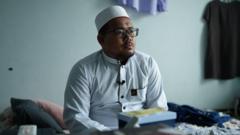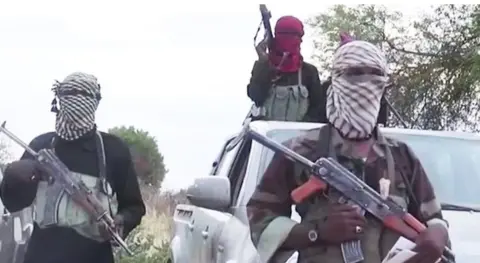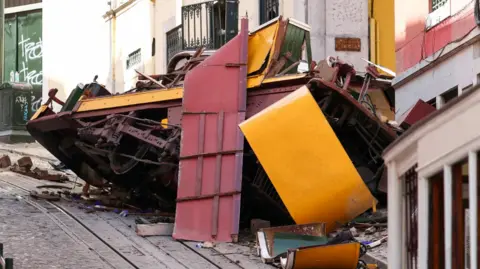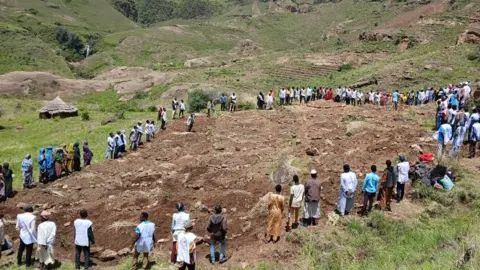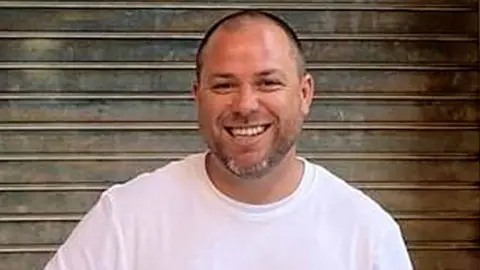As the call to prayer resounded through Sagaing last Friday, the city's Muslim community flocked to five mosques to observe their last Friday of Ramadan, just days before Eid celebrations. Tragically, at 12:51 PM local time (06:21 GMT), a devastating earthquake struck, resulting in the collapse of three mosques, including the largest, Myoma, where many worshippers perished.
Among those deeply affected by the tragedy is Soe Nay Oo, a former imam of the Myoma mosque, who felt the tremors while living in Mae Sot, Thailand, after fleeing Myanmar following the 2021 coup. In the aftermath, he learned that approximately 170 of his relatives, friends, and former congregation members lost their lives primarily within the mosques. "I feel like I'm losing a part of myself," he expressed through tears. "It's unbearable to think of the children's faces who will never see their parents again."
As rescue workers toil to uncover more bodies from the rubble, the reported death toll exceeds 2,700, with essential supplies dwindling amidst rising fears of aftershocks. The Myanmar leader, Min Aung Hlaing, indicated that about 500 Muslims died while in prayer, illustrating the scale of loss. Myoma Street, housing the mosques, bore the brunt of the quake, with several homes collapsing, leaving many residents displaced.
Eyewitness accounts reveal that congregants attempted to flee as the mosques fell, with some found grasping hands in desperate attempts to save one another. This disaster struck hard during Ramadan, deepening the sense of loss felt by the community, particularly for Soe Nay Oo, who mourned not only friends but also family connections severed by this tragic event—including a beloved cousin and a respected figure within the community.
"We are compelled to turn our grief into action, but it's challenging. The community here is struggling to cope with such overwhelming loss," he said. The barrier of ongoing conflict complicates traditional burial practices, forcing community members to transport deceased loved ones to Mandalay for proper Islamic funeral rites—a significant deviation from customary practices.
With many unaccounted for, including close family members, Soe Nay Oo experiences survivor's guilt, lamenting, "If I had been there, I could have made a difference. Now I am here, and they are gone." He paused his work with a human rights group in Thailand to coordinate rescue efforts, highlighting the urgent need for assistance to the over 1,000 affected Muslims in Sagaing.
Despite the devastation, Soe Nay Oo draws strength from those reaching out for help, signaling that amidst grief, there exists a flicker of hope for recovery and community resilience. "These moments of solidarity remind me of the bonds we've formed—the bonds that death cannot sever."

